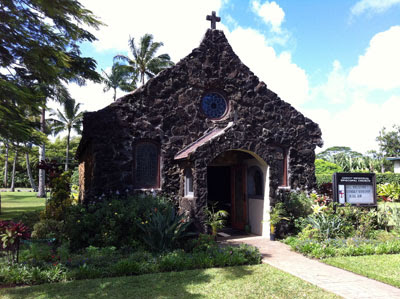Steuben Glass Closes its Doors
Quite a few years ago, back in 1996, I was working on a hi-tech project with Corning Glass and had the good fortune to be treated to a personal, one-on-one tour of the Steuben factory and the Corning Glass Museum. It was a wonderful experience. I came home with a lovely Steuben vase that we still treasure today.
 |
| Crystal Clear Steuben Vase c1996 |
I was truly surprised to hear that after over a century of art glass excellence, the Steuben factory closed at the end of November! Since 1903, Steuben glass has been fashioned into everything from fruit bowls and decorative animal figurines to one-of-a-kind sculptures bestowed as official gifts by American presidents from Harry Truman to Bill Clinton.
Steuben got its start when Frederick Carder, an English designer, agreed to run a glass-engraving shop in exchange for the freedom of creating decorative glass. His richly hued creations turned him into a giant of the glass arts scene alongside Louis Comfort Tiffany and Rene Lalique. Early designs by Carder were colorful, many with Steuben's famous Aurene iridescent surface. While Tiffany and Lalique delved into the world of Art Nouveau fantasy, Carder chose to remain faithful to classical shapes revived with fresh, vibrant colors.
 |
| Frederick Carder's Aurene Vase |
After nearly going out of business during the Great Depression, scientists at Corning Glass, which had acquired Steuben in 1918, came up with an exciting new crystal formula—a colorless heavy-lead optical glass that throws off an extraordinary rainbow of color. Arthur Houghton Jr., Steuben's marketing maestro, along with Sidney Biehler Waugh who had taken over the creative reigns, propelled Steuben back into a name of distinction with an emphasis on line and form created in clear, colorless crystal. Houghton staged exhibitions by leading contemporary artists such as Henri Matisse, Georgia O'Keeffe and Salvador Dali, opened a retail store on Manhattan's Fifth Avenue and advertised in all the best magazines.
 |
| Sidney Biehler Waugh's Clear Crystal Gazelle Bowl c.1935 |
Steuben remained a hallmark of creativity and excellence in glass throughout its history. It will be missed. On the brighter side, art glass dealers expect an even more vibrant aftermarket in Steuben collectibles. "Tiffany art glass hasn't been made since the 1930s, and the desirability did not diminish, it's increased," said a prominent collector.
 |
| Contemporary Eagle Decanter |
A couple of final notes: Steuben's flagship store in New York is holding huge sales and will close once its inventory is sold off. The Corning Glass Museum, in Corning, New York, is not affected by this closure and will continue to operate.




Comments
Post a Comment